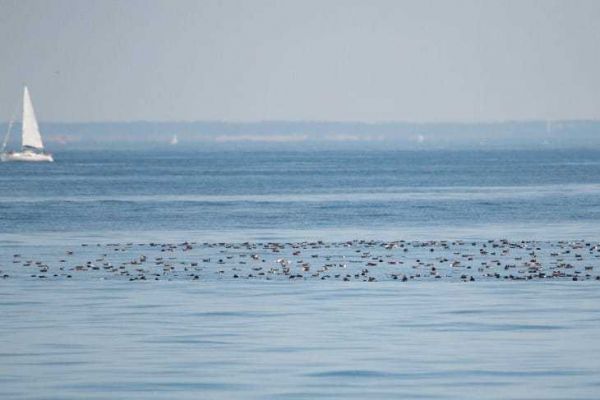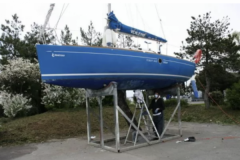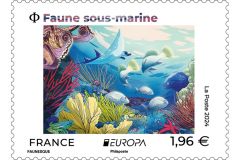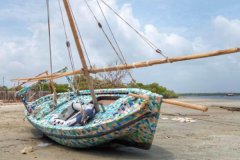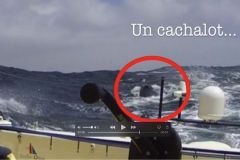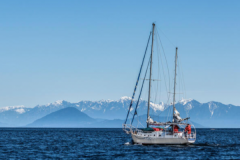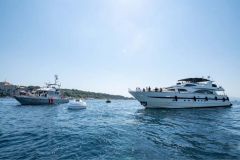The case of the Balearic Shearwater
Every spring, the European coasts see migratory birds stopping over or packing their bags for the summer. The coastline is home to many species, some of which are threatened, such as the Balearic Shearwater. This seabird is named after the Spanish archipelago in the Mediterranean Sea, but every year it goes up to the English Channel. Breton waters host nearly 50% of the population each year.
Unfortunately, it is the most endangered species in Europe, with only 25,000 individuals in the world. The species is in critical danger of extinction.

The right thing to do to protect seabirds
The Balearic shearwater is particularly sensitive to marine activities. Indeed, this one has the particularity of never landing on land. It lands on the sea and forms rafts with its congeners to rest and eat. Arrived on the French coasts, at the end of its migration, it is particularly tired and vulnerable to disturbance. Indeed, repeated take-offs can lead to exhaustion and potentially death.
For these reasons, the authorities in charge of their preservation have set up a national plan for the preservation of the Balearic shearwater, in order to raise awareness among all users, from professional fishermen to recreational boaters. They are reminding the public of the basic rules, which can also be applied to other migratory or non-migratory species. Pleasure boats are invited to reduce their speed and to keep a distance of at least 300 meters from Balearic shearwater rafts.
